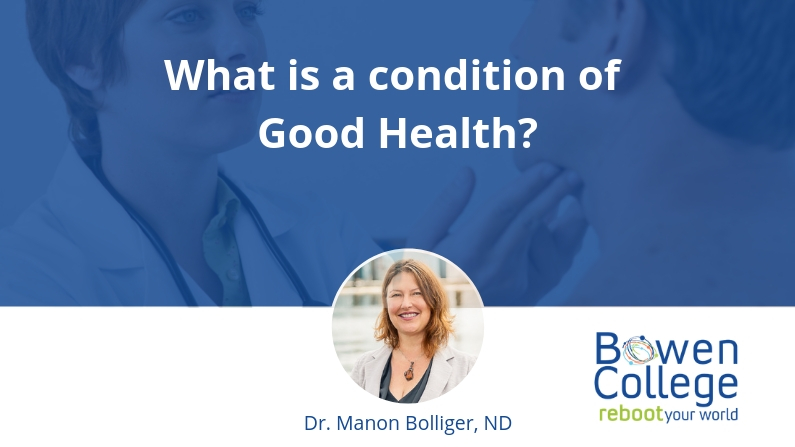Understanding the patient’s purpose in coming to you is paramount for a doctor. The Latin root of “doctor” means “to educate,” but this often falls short of the mandate. We must educate patients about their symptoms, as well as the possible causes and all the options available to address them. Solutions or “prescriptions” don’t mean anything without a context; it is essential to get to a patient’s fundamental health objectives and the general objections and misconceptions they feel regarding health.
A central and common “objective” is the restoration of health. This objective is framed by the patient’s definition of health, which we will explore.
Consider first though the definition of The World Health Organization: “a state of complete physical, mental and social well-being and not merely the absence of disease or infirmity.”
The word “well-being” has its roots in wealth, which originates from the Old English word “weal.” Wealth is a state in which we have the freedom and ability to use resources in a “free” way, which may bring us closer to our dreams, values and vision.
Most institutionalized health case has a very different notion of health. Big Pharma, for instance, operate on the restricted “symptom-free” definition of health. To be symptom-free of the ailment itself, even if just temporarily, is considered healthy even if the drug itself brings about numerous side effects to the patient’s overall health.
Government policy, medical schools and the health care industry primarily share this vision of health as the absence of symptoms belonging to the primary disease. In my next post we’ll start to look beyond this old paradigm.









